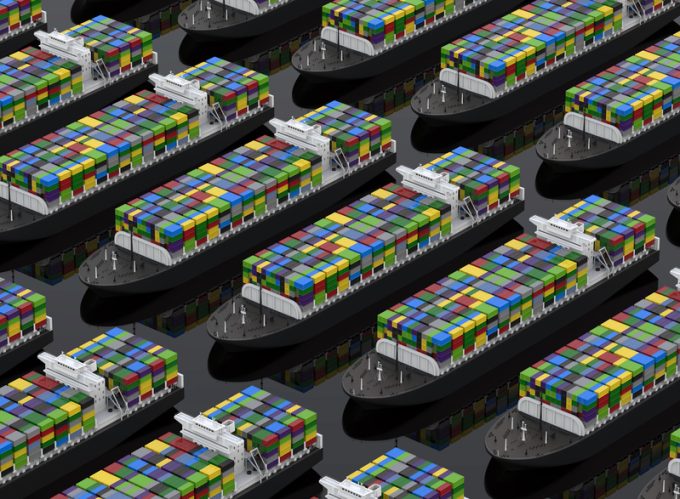Launch of 'complex' Fuel EU regulation proving a challenge for some
Shipping stakeholders were under-prepared for the arrival of Fuel EU – the complexity of relationships ...

German shipowning group Peter Döhle Schiffahrts has broken a long-time holdout to order four 14,000 teu newbuilds in China, adding to a global shipping orderbook that will last past 2029.
The company has not placed a newbuild order since 2015, preferring to snap up second-hand tonnage – for example, from Capital Product Partners this year.
The new 14,000 teu vessels, each costing $150m, will be methanol-ready, but will be equipped with scrubbers.
This suggests the ...
Macron calls for ‘suspension’ – CMA CGM's $20bn US investment in doubt
Trump tariffs see hundreds of cancelled container bookings a day from Asia
De minimis exemption on shipments from China to the US will end in May
Forwarders stay cool as US 'liberation day' tariffs threaten 'global trade war'
Mixed response in US to 'Liberation Day', while China leads wave of retaliation
Tariffs and de minimis set air freight rates on a volatile course
Overcapacity looms for ocean trades – with more blanked sailings inevitable
'To ship or not to ship', the question for US importers amid tariff uncertainty


Comment on this article